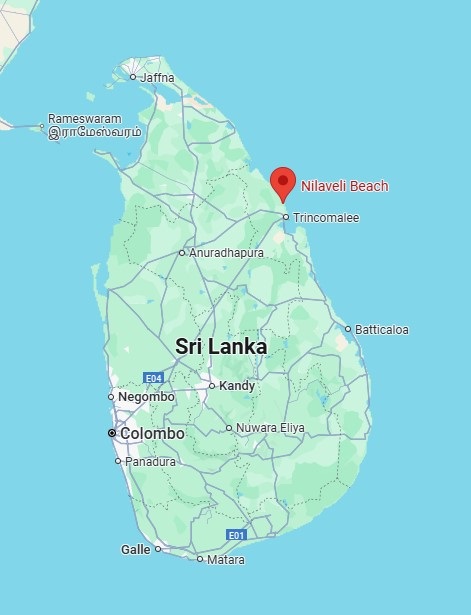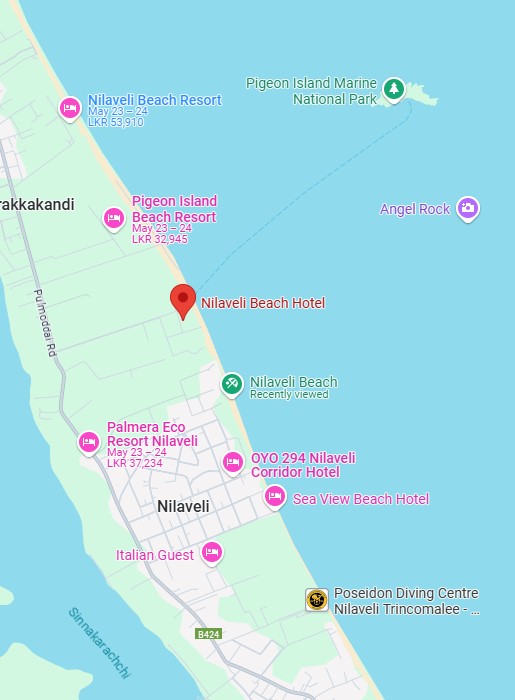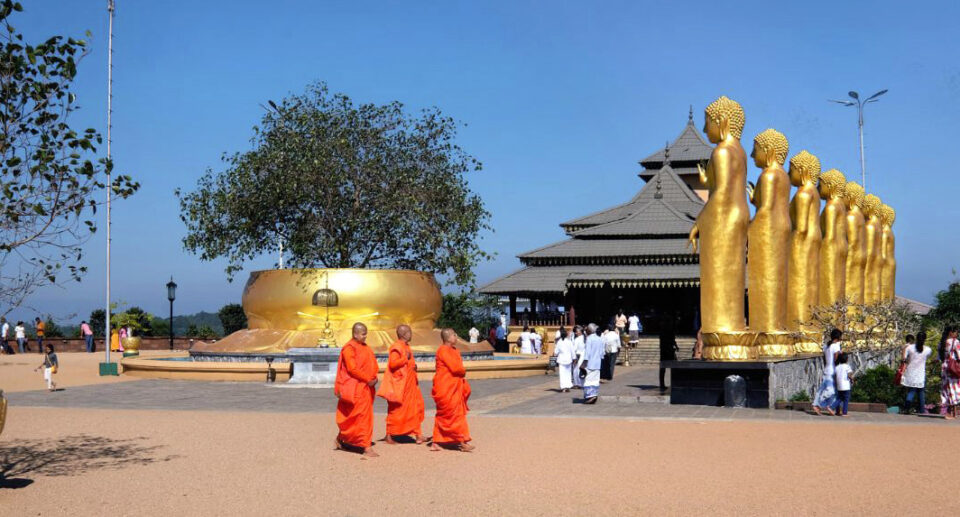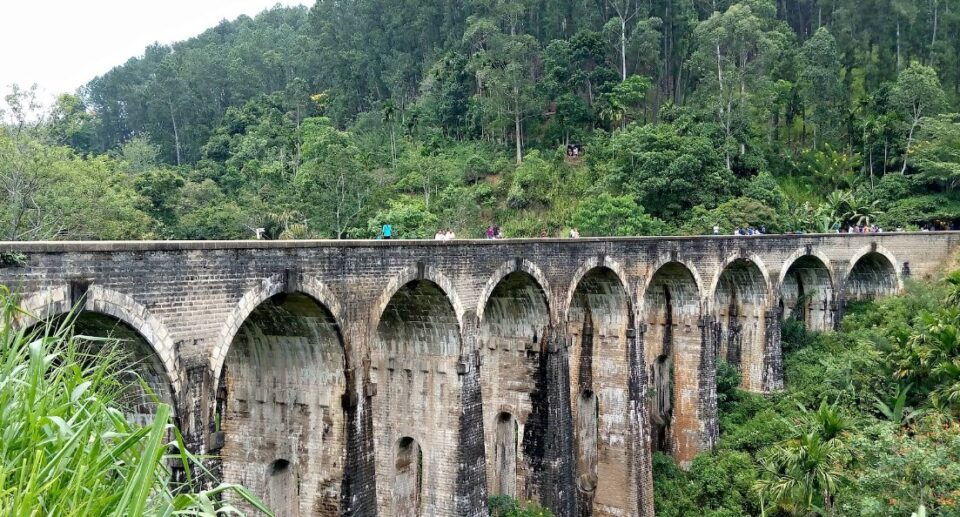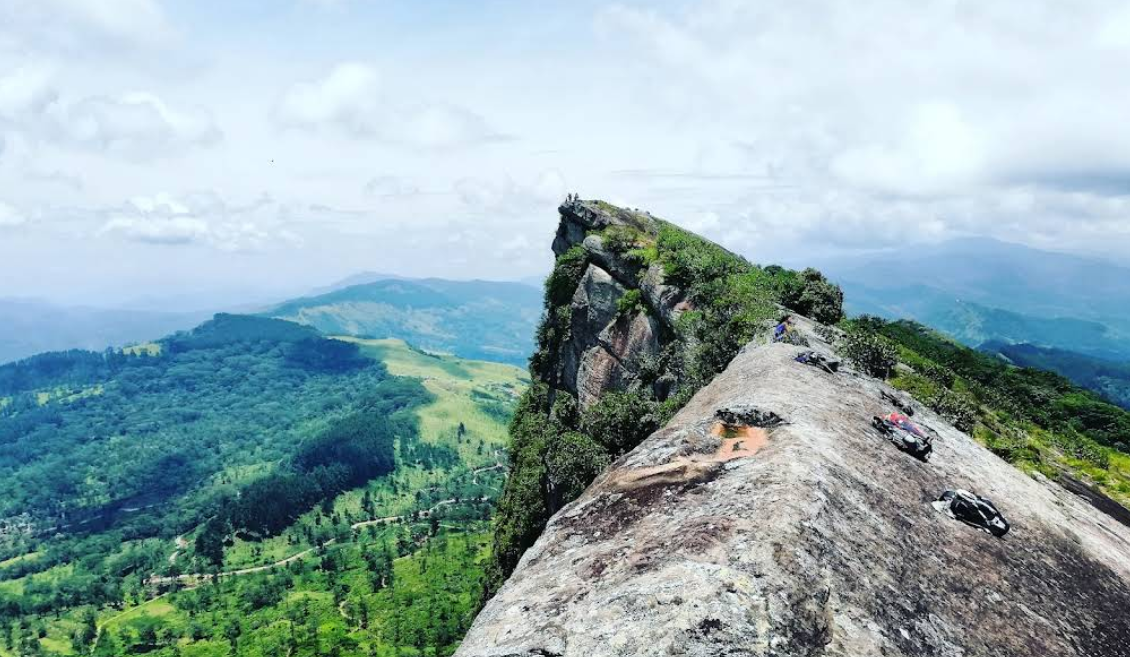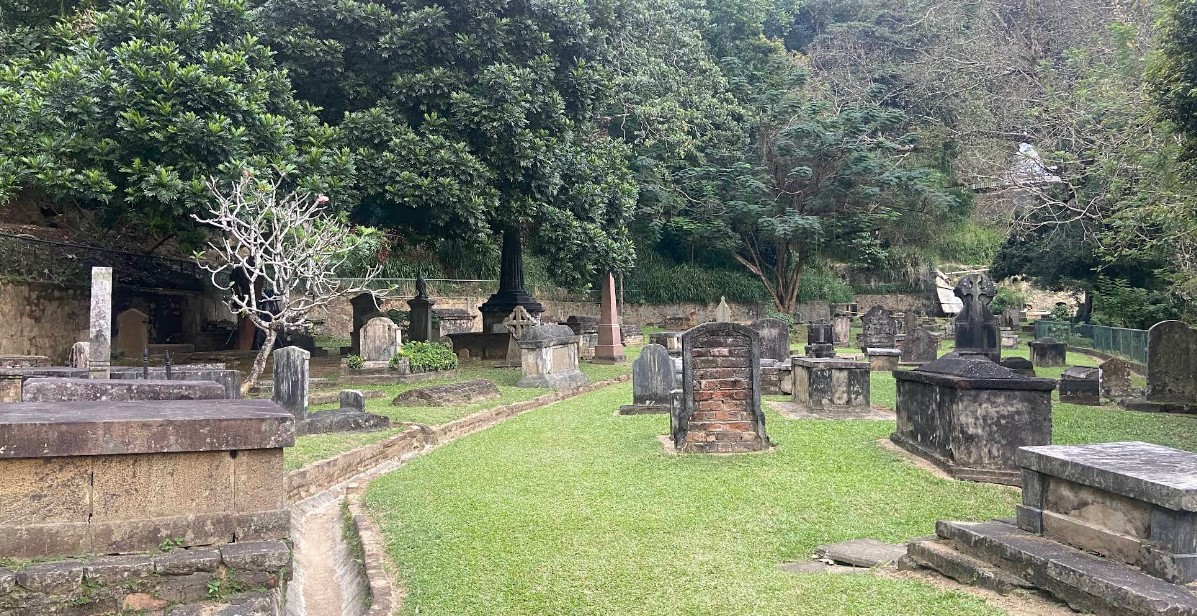Nilaveli Beach – Trincomalee: A Paradise of Peace and Beauty
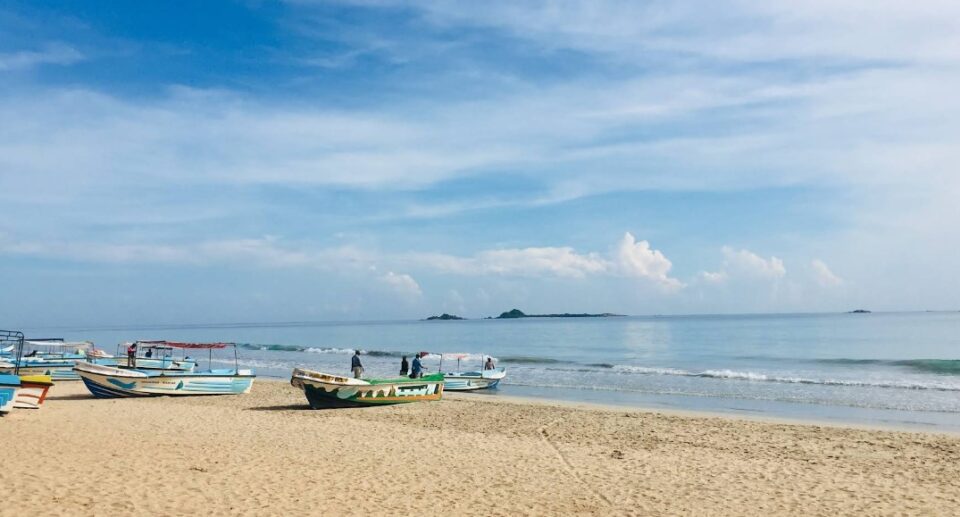
Sri Lanka, the island haven also known as the “Pearl of the Indian Ocean,” is blessed with an exceptionally beautiful coastline lined with some of the finest beaches in the world. The best of these is probably Nilaveli Beach of Trincomalee, located on the northeastern coast of the nation. It is a serene paradise that is famous for its crystal waters, white sandy beaches, and tranquil surroundings. Fewer touristy than the beaches to the south, Nilaveli offers an untainted refuge for nature enthusiasts, sea life, and merely a place of relaxation.
The geographical position, past history, natural attributes, tourist attractions, and ecological importance of Nilaveli Beach are discussed in this essay in a compelling argument as to why it is one of Sri Lanka’s hidden treasures.
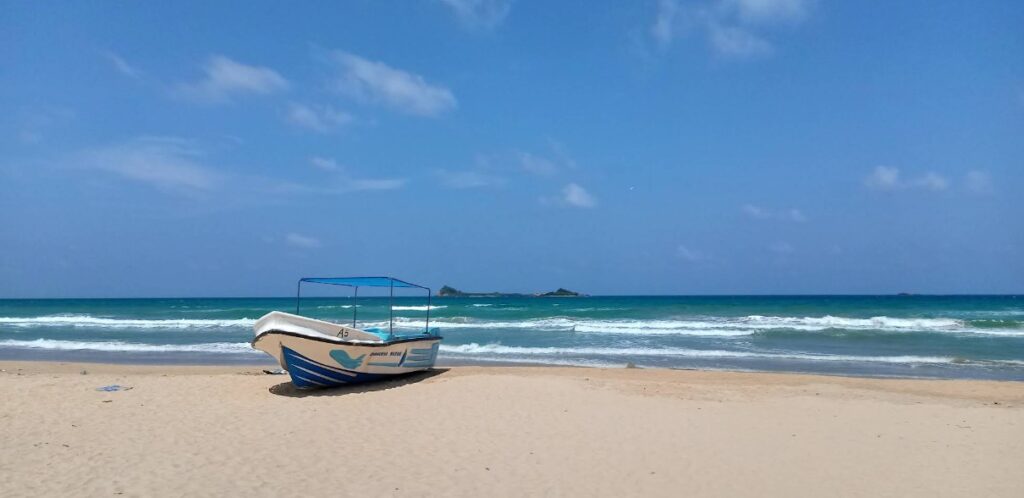
Geographical Location and Setting
Nilaveli is a small coastal settlement about 16 kilometers north of Trincomalee, one of Sri Lanka’s oldest and most historic port towns. The beach lies along the northeastern coast, providing a view of Pigeon Island and the open Indian Ocean. It can be accessed by tuk-tuk, bus, or private vehicle from Trincomalee town.
The beach is characterized by: Soft, creamy white sand Quiet, shallow water Long stretches of coastline ideal for a walk or run A peaceful setting, perfect for meditation or unwinding Unlike the usually busy southern beaches, Nilaveli is a much more laid-back and less touristy affair.3
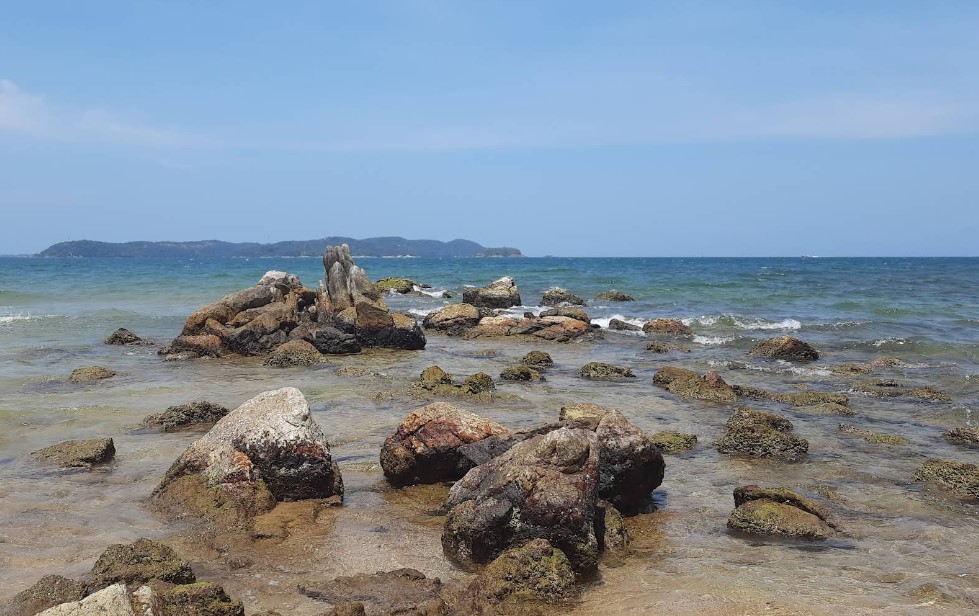
Historical and Cultural Background
Nilaveli” is the Tamil name for the beach, which translates to “moonlight plain” — a suitable one for a beach bathed in the light of sun or full moon. Trincomalee district is one rich in cultural and historical heritage influenced by Hindu, Buddhist, and colonial forces through the centuries.
During the colonial period, Trincomalee was strategically important to the Portuguese, Dutch, and British governments due to its deep harbor. Nilaveli, however, was countryside and isolated and still maintained its natural charm.
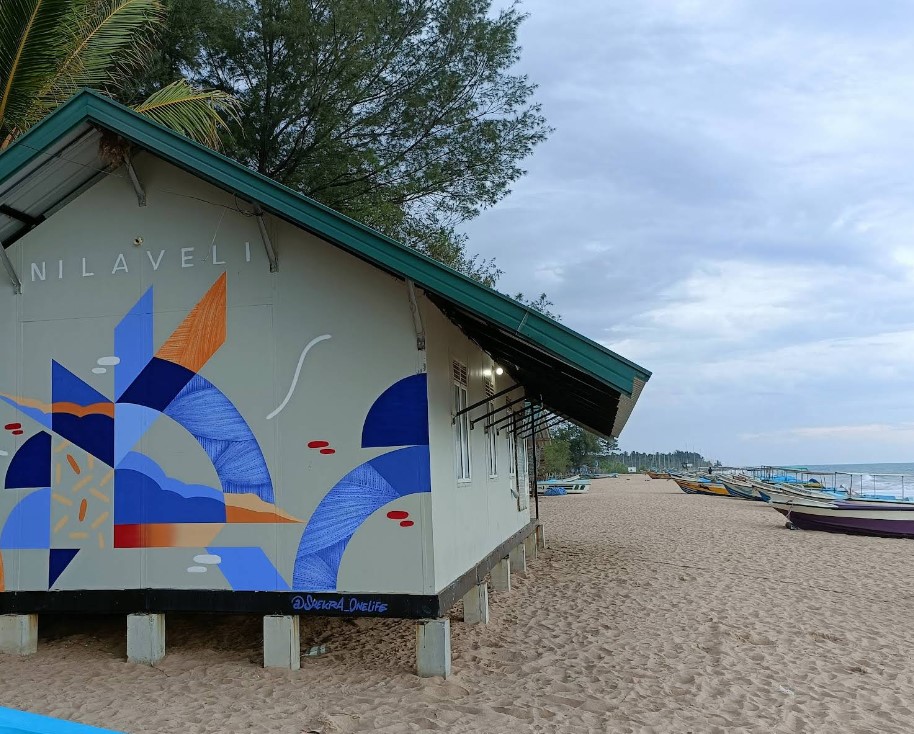
The Sri Lankan Civil War (1983–2009) isolated Nilaveli and the majority of the rest of the north and east from tourists. Since the conflict, though, Nilaveli has become a peaceful tourist destination again, slowly gaining fame for its pristine state and rich marine wildlife.
Natural Beauty and Marine Life
Nilaveli Beach is consistently praised for its stunning seaside vistas. The sand is soft and silky, and the sea is clean, calm, and shallow — ideal for swimming, snorkelling, and kayaking. The absence of over-commercialization ensures a serene environment with nothing but waves and the occasional birdsong to disturb the silence.
One of the key natural sites close to Nilaveli is the Pigeon Island National Park, just 1 km off the mainland. This tiny coral island has been declared a protected marine sanctuary and is renowned for: Coral reefs, Tropical fish, Reef sharks, Sea turtles

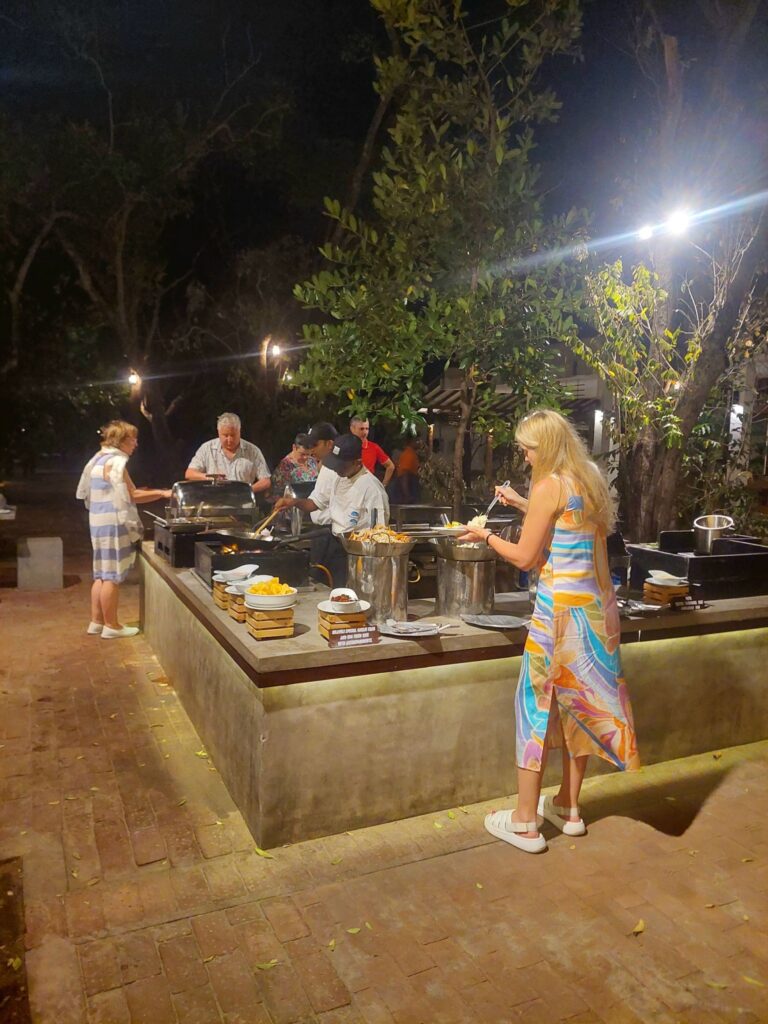
Tourists can enjoy a brief boat trip from Nilaveli Beach to Pigeon Island and snorkel or dive within colorful coral gardens and marine life.
Its waters also introduce whales and dolphins, especially between March and August. Whale-watching and dolphin-watching tours have become increasingly popular among activities for tourists who wish to go further than the beach.
Tourism Development and Activities
In the recent years, Nilaveli has seen a gradual increase in tourism, with the opening of green hotels, boutique resorts, and beach restaurants. Despite the rise, the spot remains quite serene compared to other hotspots like Mirissa or Bentota.
Some of the favorite activities among travelers include: Snorkeling and scuba diving at Pigeon Island Jet skiing, kayaking, and paddleboarding Boat cruises and dolphin-watching excursions Sunbathing and beach volleyball ,Yoga and meditation retreats A number of tourists also use Nilaveli as a base to go to the nearby places, which include:
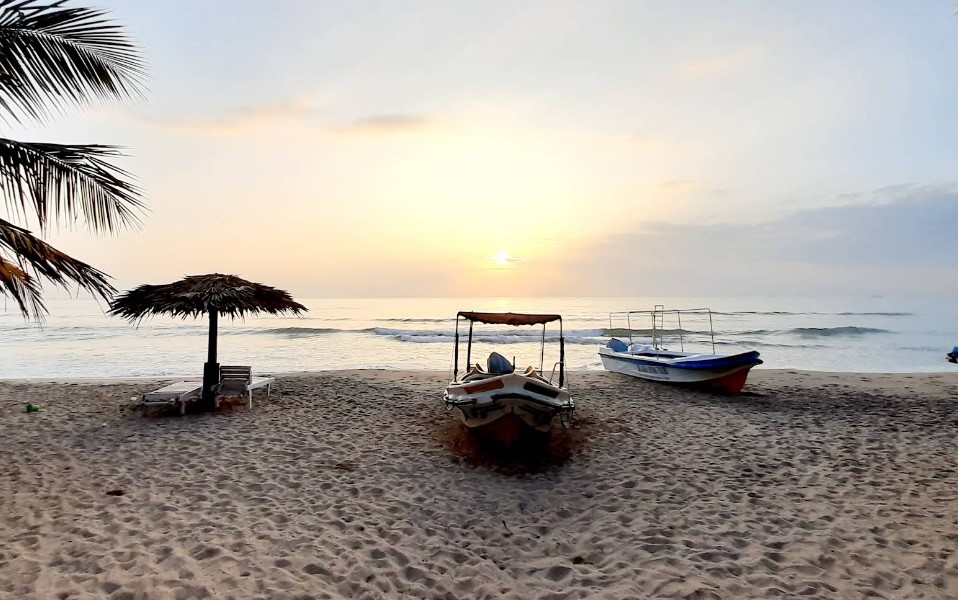
Trincomalee town and the famous Koneswaram Temple, Fort Frederick built by the Portuguese Hot Springs of Kanniya, which are believed to cure
Cultural and Community Aspects
Nilaveli has a largely Tamil population with Muslim and Sinhalese communities blended into it. The economy of Nilaveli centers mainly on fishing, cultivation, and tourism to a growing extent. Tourists are usually greeted warmly and hospitably by residents, many of whom operate guesthouses, small eateries, and transport services.
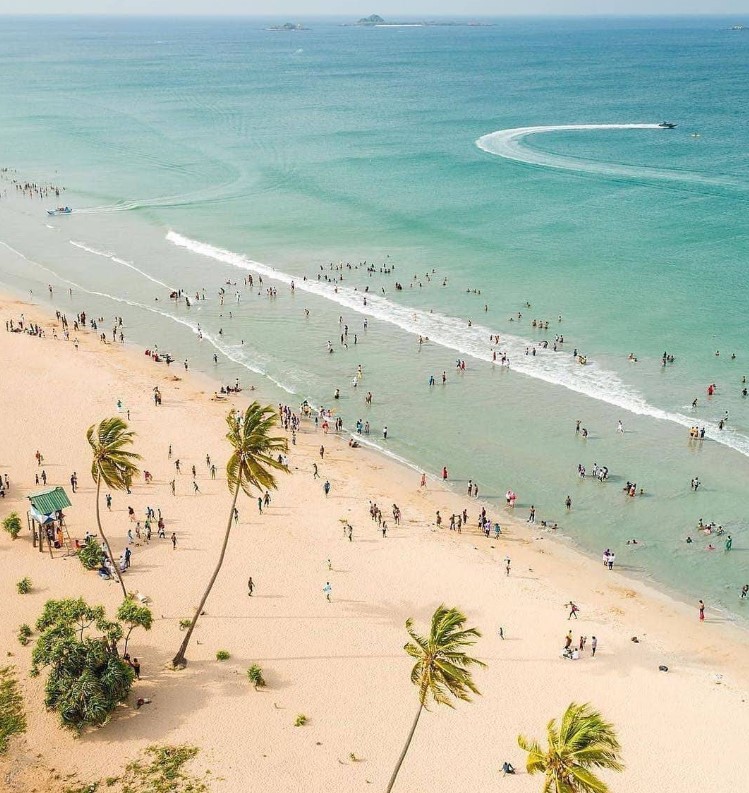
Vibrant traditional fishing boats stand on the beach, and it is not unusual for early birds to see fishermen returning with the day’s harvest. Such cultural scenery makes Nilaveli look even more beautiful, giving a glimpse into an existence that has not changed much over centuries.
Environmental Conservation
Nilaveli’s greatest asset is its natural beauty — and with that comes the responsibility to protect it. Local authorities, together with NGOs and environmental activists, are working to ensure sustainable tourism practices. Some ongoing efforts include:, Promoting coral reef conservation around Pigeon Island ,Reducing plastic waste and promoting recycling
Limiting the number of daily visitors to sensitive areas ,Encouraging eco-tourism and responsible snorkeling/diving
Visitors are advised to respect marine life, avoid touching corals, and not leave behind litter. As tourism grows, there is a critical need to balance development with environmental responsibility to preserve Nilaveli’s pristine condition.
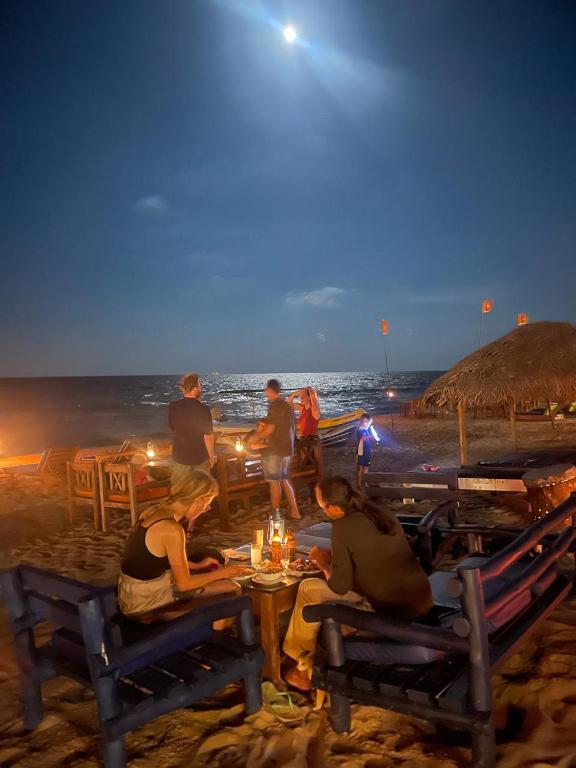
How to Get to Nilaveli Beach
Nilaveli is accessible via several modes of transport:
From Colombo:
By train: Take the Colombo–Trincomalee train (approx. 8 hours), then travel 20–30 minutes north by taxi or tuk-tuk to Nilaveli.
By bus: Intercity transportation to Trincomalee, with local transport to the beach thereafter.
By car: 6–7 hour scenic drive via Habarana.
From Trincomalee:
The tuk-tuk or bus is a 20-minute ride away from Nilaveli.
Most accommodations both in Trincomalee and Nilaveli arrange for visitors.
Nilaveli Beach is a proof of Sri Lanka’s diverse natural and cultural heritage. With its calm seas, golden sand beaches, diverse marine life, and hospitable local communities, it is a peaceful alternative to more frequented tourist beaches. It is not just a beach but an experience of nature, history, and simplicity.
As Nilaveli recuperates from decades of war and underdevelopment, it has the potential to be one of South Asia’s best eco-tourism and marine tourism destinations—if it is tended and conserved.
For visitors seeking a tranquil beach hideaway replete with nature’s beauty and cultural genuineness, Nilaveli Beach remains one of Sri Lanka’s best-kept secrets.
